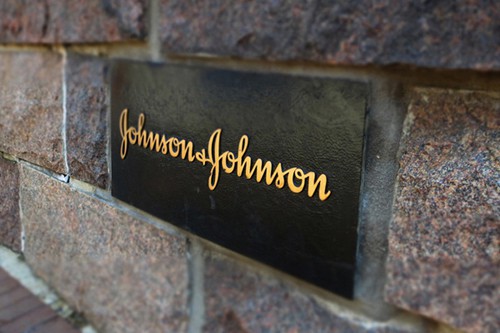 Johnson & Johnson (J&J) looked at possible acquisitions during 2015 but was put off by high valuations on assets, according to chief executive Alex Gorsky.
Johnson & Johnson (J&J) looked at possible acquisitions during 2015 but was put off by high valuations on assets, according to chief executive Alex Gorsky.
Speaking on the company’s fourth quarter results call, he intimated to investors and analysts that with valuations starting to fall back “we intend to be quite active as we look at 2016 and beyond”.
Aside from some small deals, J&J has not joined in with the surge in M&A activity that swept through the pharma industry in 2014 and 2015, losing out to AbbVie in a tug of war to buy Pharmacyclics. Last year the group embarked on a $10bn share buyback – although it insisted this would not scupper its ability to make deals.
The company is also sitting on a fairly hefty cash pile – albeit with a large proportion overseas – and according to Gorsky is looking at opportunities across all three of its business sectors: pharmaceuticals, medical devices and consumer health.
The comments came as J&J recorded sales of $17.8bn in the fourth quarter – down a little over 2% compared to the prior year – with pharmaceutical turnover rising 6.5% to $8.1bn despite heavy competition to hepatitis C therapies Olysio (simeprevir) and Incivo (telaprevir) from Gilead and AbbVie.
Pharma growth was driven by newer products, including haematological cancer therapy Imbruvica (ibrutinib) that had sales of $235m in the quarter – up from $92m in the same period of 2014.
Meanwhile, diabetes products Invokana (canagliflozin) and Invokamet (canagliflozin plus metformin) added another $372m, an 85% increase, and psoriasis/psoriatic arthritis therapy Stelara (ustekinumab) grew 36% to $742m.
Looking ahead to the next few years, Gorsky re-iterated J&J’s intention to submit 10 new products for approval by 2019, each with the potential to bring in $1bn or more in yearly sales, noting that the first of these – Darzalex (daratumumab) for multiple myeloma – is already off to a flying start.
The chief executive also played down the impact of biosimilar competition to brands such as red cell stimulator Procrit (epoetin alfa) and TNF inhibitor Remicade (infliximab), pointing to continued growth for the brand in Canada despite the availability of a cheaper rival.
He added the value of the company’s near-term pipeline – which includes Stelara follow-up guselkumab and rheumatoid arthritis candidate sirukumab – “may not be fully appreciated in the market”.




